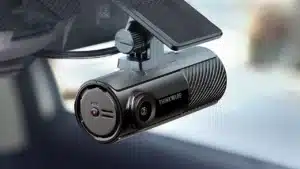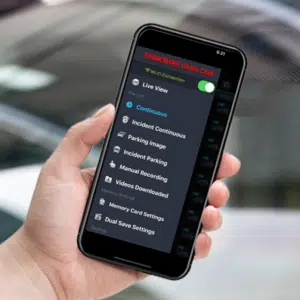
Dashboard Cams and Car Batteries
Dash cams are powered by the vehicle battery, either via a cigar lighter socket or via a cable connected to the vehicle fuse box. They employ three methods to provide power backup in the event of a catastrophic vehicle power failure in a major accident. The first is to have an inbuilt rechargeable nickel metal hydride battery and the second is to have an inbuilt supercapacitor, providing sufficient charge to safely save that all important last file. The third is to provide an external lithium iron phosphate backup battery, which is the same technology used in electric vehicles. Having an inbuilt rechargeable battery also allows for a basic parking mode without draining the car battery when the vehicle is parked. The downside of a rechargeable internal battery is that the car environment is extremely harsh temperature wise, especially when the car is parked and exposed to sunlight. Nickel Metal Hydride (NiMH) batteries are not suited to this environment leading to high failure rates, which is why electric cars use Lithium iron Phosphate (Li-FePo4). Batteries that are on continuous charge also have a habit of failing just after the warranty period. Thinkware used to use rechargeable batteries but switched to supercapacitors many years ago, due to the high failure rates. Thinkware also provide the iVolt mini 4,500 mAh external Li-FePo4 backup battery. The advantage of the backup battery is that it recharges faster than the lead acid vehicle battery, so provides a longer period of parking mode for vehicles that are used infrequently. For vehicles used on a regular basis, the vehicle battery provides the best parking mode power supply.




Thank you!!1